-
 Bitcoin
Bitcoin $111300
-0.83% -
 Ethereum
Ethereum $4296
-0.28% -
 XRP
XRP $2.970
-0.28% -
 Tether USDt
Tether USDt $0.0000
0.01% -
 BNB
BNB $876.7
-0.13% -
 Solana
Solana $216.7
0.50% -
 USDC
USDC $0.9998
0.01% -
 Dogecoin
Dogecoin $0.2424
1.50% -
 TRON
TRON $0.3345
0.88% -
 Cardano
Cardano $0.8635
0.03% -
 Hyperliquid
Hyperliquid $53.38
5.54% -
 Chainlink
Chainlink $23.07
0.27% -
 Ethena USDe
Ethena USDe $1.001
0.02% -
 Sui
Sui $3.463
-0.21% -
 Stellar
Stellar $0.3738
-0.33% -
 Bitcoin Cash
Bitcoin Cash $578.5
-1.51% -
 Avalanche
Avalanche $26.00
2.07% -
 Hedera
Hedera $0.2276
0.77% -
 UNUS SED LEO
UNUS SED LEO $9.548
0.02% -
 Cronos
Cronos $0.2597
2.73% -
 Litecoin
Litecoin $112.0
-0.64% -
 Toncoin
Toncoin $3.089
-0.29% -
 Shiba Inu
Shiba Inu $0.00001285
-0.10% -
 Polkadot
Polkadot $4.098
1.54% -
 Uniswap
Uniswap $9.484
-0.88% -
 Ethena
Ethena $0.8361
8.06% -
 Dai
Dai $0.9998
0.01% -
 Monero
Monero $269.5
-0.68% -
 World Liberty Financial
World Liberty Financial $0.1994
-4.02% -
 Aave
Aave $299.1
-1.29%
Which is healthier, a rising trend with low or high volume?
High volume in a rising crypto trend signals strong conviction and sustainability, while low volume may indicate weak momentum and potential reversals.
Sep 09, 2025 at 04:00 pm
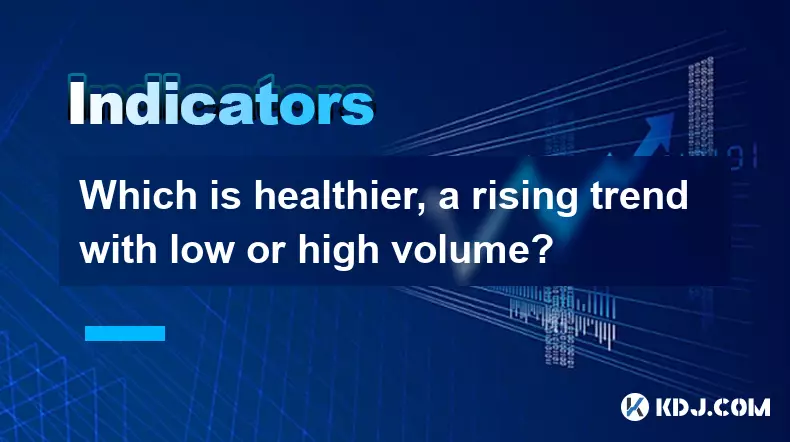
Understanding Volume in Market Trends
1. Volume serves as a critical indicator when analyzing the strength of a rising trend in cryptocurrency markets. A high volume during an upward price movement often signals strong investor interest and conviction behind the rally. When large numbers of participants are buying into an asset, it reflects broader market confidence and can validate the sustainability of the trend.
2. Conversely, a rising trend accompanied by low volume may indicate limited participation or lack of enthusiasm from major market players. This type of rally could be driven by minimal buying pressure, potentially orchestrated by smaller traders or even manipulative forces such as pump-and-dump schemes. Without substantial volume, the upward movement might not withstand selling pressure over time.
3. In technical analysis, traders rely on volume to confirm breakouts or trend continuations. For instance, if Bitcoin breaks above a key resistance level on high volume, it suggests that demand is overpowering supply at that price point. The same breakout on low volume would raise skepticism about its legitimacy and increase the likelihood of a false move.
4. High-volume rallies tend to attract institutional attention due to their perceived stability and reduced susceptibility to short-term manipulation. Institutional investors typically avoid assets with erratic volume patterns, favoring those with consistent trading activity that supports larger order execution without drastic slippage.
Implications for Retail Traders
1. Retail traders must assess volume data before entering positions during a price uptick. Entering a trade based solely on price action without considering volume can lead to poor timing and increased risk exposure. Tools like on-chain analytics and exchange-based volume trackers help provide deeper context behind price movements.
2. A sustained rise on increasing volume often correlates with accumulation phases, where informed investors gradually build positions. This contrasts with sharp spikes on negligible volume, which are more likely tied to speculative hype or social media-driven FOMO (fear of missing out).
3. Low-volume rallies may result in quick reversals once early buyers decide to take profits. Since there isn’t enough demand to absorb the sell orders, prices can drop rapidly, trapping latecomers who entered without verifying underlying momentum.
4. Monitoring volume across multiple exchanges is essential, especially in decentralized markets where liquidity varies significantly. An apparent surge in price on a small exchange with thin volume does not reflect true market sentiment compared to coordinated moves across major platforms like Binance or Coinbase.
Risk Management in Different Volume Scenarios
1. Trading strategies should incorporate volume thresholds to filter out weak trends. For example, setting minimum average daily volume requirements ensures engagement only with assets exhibiting sufficient market depth. This reduces vulnerability to volatility caused by isolated pumps.
2. Stop-loss placement becomes more critical in low-volume environments due to wider bid-ask spreads and potential price gaps. Sudden exits can trigger disproportionate price drops when liquidity dries up, making risk control mechanisms indispensable.
3. On-chain metrics such as exchange inflows/outflows and whale wallet activity complement volume analysis by revealing whether large holders are accumulating or distributing. These insights enhance decision-making beyond surface-level chart observations.
4. Divergences between price and volume also serve as warning signs. If prices climb while volume declines, it indicates weakening momentum—an early signal that the trend may stall or reverse regardless of bullish narratives circulating in the community.
High volume during a rising trend is generally healthier than low volume, as it reflects genuine market participation and stronger conviction behind price gains.
Frequently Asked Questions
What does declining volume during a price increase suggest?It suggests diminishing buying pressure despite higher prices, indicating a potential reversal or exhaustion of the current trend.
Can a low-volume rally turn into a sustainable uptrend?Yes, but only if subsequent periods show rising volume confirming renewed interest. Initial low-volume moves are often unreliable until validated by increased trading activity.
How do sudden volume spikes affect market stability?Sudden spikes can destabilize prices, especially if they occur after prolonged low-volume periods. They may precede sharp corrections if not supported by fundamental developments or broad adoption.
Is volume more important than price in crypto trading?Volume provides context for price action and is equally important. Price alone can be misleading; volume confirms whether moves are backed by real market dynamics or transient speculation.
Disclaimer:info@kdj.com
The information provided is not trading advice. kdj.com does not assume any responsibility for any investments made based on the information provided in this article. Cryptocurrencies are highly volatile and it is highly recommended that you invest with caution after thorough research!
If you believe that the content used on this website infringes your copyright, please contact us immediately (info@kdj.com) and we will delete it promptly.
- Bitcoin, XRP, and Crypto Signals: Navigating the Current Landscape
- 2025-09-10 10:45:12
- ApeCoin Moonshot: What Crypto Traders Need to Know Now!
- 2025-09-10 10:25:14
- MYX Airdrop Alert: Synchronized Wave of Claimed Addresses – What's the Deal?
- 2025-09-10 10:25:14
- Bitget Wallet, USDC Yield, and Aave: A New Era for Crypto Savings?
- 2025-09-10 10:45:12
- XRP Price Eyes $5, MAGACOIN Finance Sparks Pair Trade Buzz: A New York Minute on Crypto
- 2025-09-10 10:50:12
- Cloud Mining, Stability, and the Crypto Market: Navigating Uncertainty in 2025
- 2025-09-10 10:50:12
Related knowledge
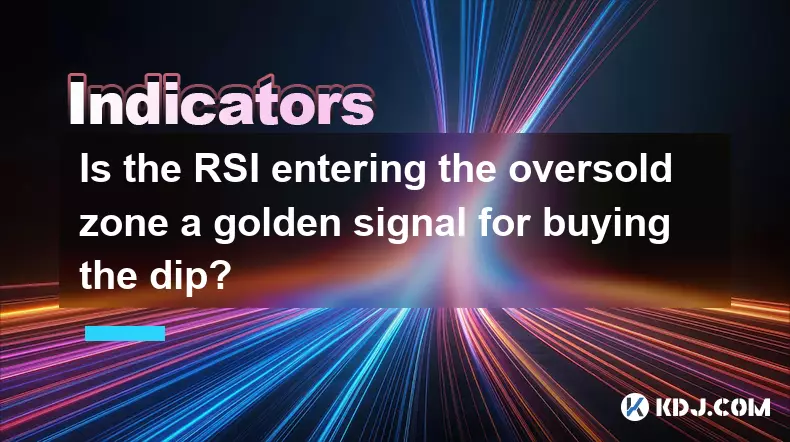
Is the RSI entering the oversold zone a golden signal for buying the dip?
Sep 09,2025 at 02:55pm
Understanding the RSI and Its Role in Crypto Trading1. The Relative Strength Index (RSI) is a momentum oscillator widely used in the cryptocurrency ma...

Which is healthier, a rising trend with low or high volume?
Sep 09,2025 at 04:00pm
Understanding Volume in Market Trends1. Volume serves as a critical indicator when analyzing the strength of a rising trend in cryptocurrency markets....
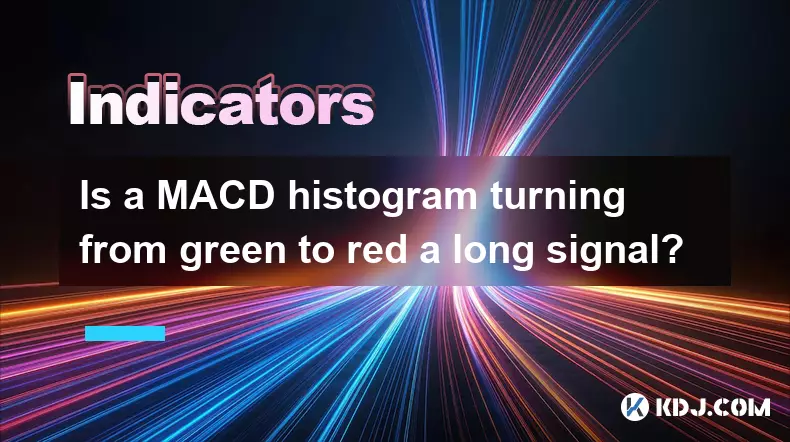
Is a MACD histogram turning from green to red a long signal?
Sep 09,2025 at 01:54pm
Understanding the MACD Histogram in Crypto Trading1. The MACD (Moving Average Convergence Divergence) histogram is a visual representation of the diff...
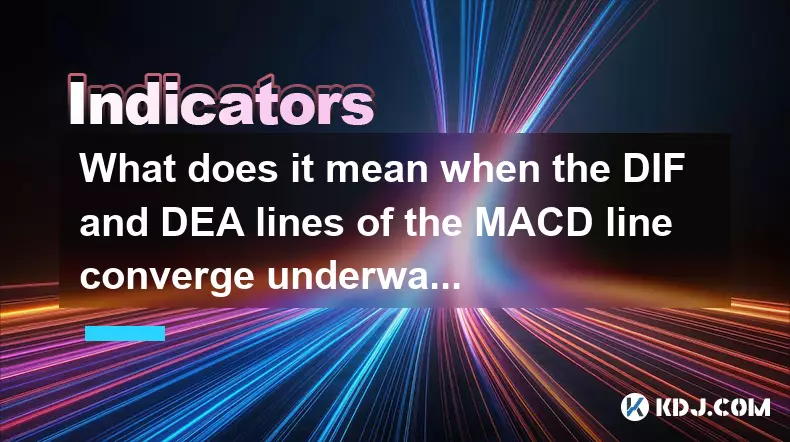
What does it mean when the DIF and DEA lines of the MACD line converge underwater?
Sep 09,2025 at 07:55am
Understanding MACD Components in Bearish Territory1. The MACD indicator consists of three elements: the DIF (Difference), DEA (Signal line), and the M...
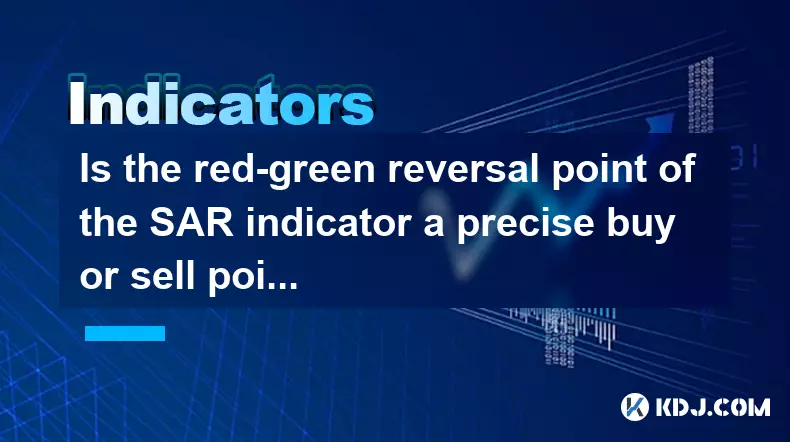
Is the red-green reversal point of the SAR indicator a precise buy or sell point?
Sep 09,2025 at 11:18am
Understanding the SAR Indicator in Cryptocurrency TradingThe SAR (Stop and Reverse) indicator, developed by J. Welles Wilder Jr., is a popular tool us...
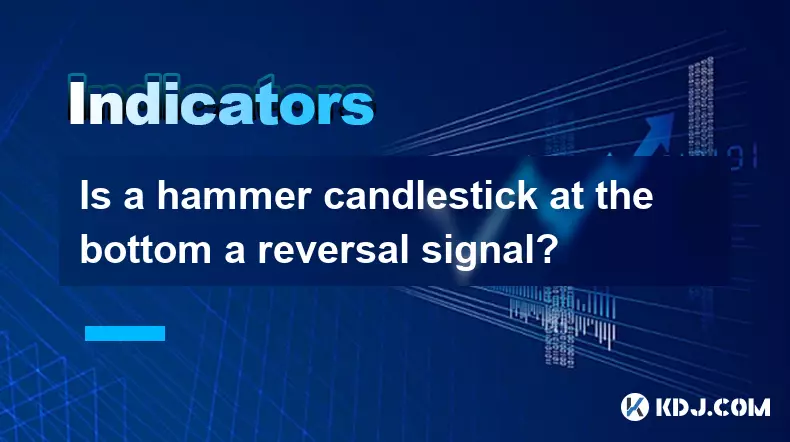
Is a hammer candlestick at the bottom a reversal signal?
Sep 10,2025 at 01:01am
Understanding the Hammer Candlestick Pattern1. The hammer candlestick is a single-candle formation that typically appears at the end of a downtrend. I...

Is the RSI entering the oversold zone a golden signal for buying the dip?
Sep 09,2025 at 02:55pm
Understanding the RSI and Its Role in Crypto Trading1. The Relative Strength Index (RSI) is a momentum oscillator widely used in the cryptocurrency ma...

Which is healthier, a rising trend with low or high volume?
Sep 09,2025 at 04:00pm
Understanding Volume in Market Trends1. Volume serves as a critical indicator when analyzing the strength of a rising trend in cryptocurrency markets....

Is a MACD histogram turning from green to red a long signal?
Sep 09,2025 at 01:54pm
Understanding the MACD Histogram in Crypto Trading1. The MACD (Moving Average Convergence Divergence) histogram is a visual representation of the diff...

What does it mean when the DIF and DEA lines of the MACD line converge underwater?
Sep 09,2025 at 07:55am
Understanding MACD Components in Bearish Territory1. The MACD indicator consists of three elements: the DIF (Difference), DEA (Signal line), and the M...

Is the red-green reversal point of the SAR indicator a precise buy or sell point?
Sep 09,2025 at 11:18am
Understanding the SAR Indicator in Cryptocurrency TradingThe SAR (Stop and Reverse) indicator, developed by J. Welles Wilder Jr., is a popular tool us...

Is a hammer candlestick at the bottom a reversal signal?
Sep 10,2025 at 01:01am
Understanding the Hammer Candlestick Pattern1. The hammer candlestick is a single-candle formation that typically appears at the end of a downtrend. I...
See all articles
























































































